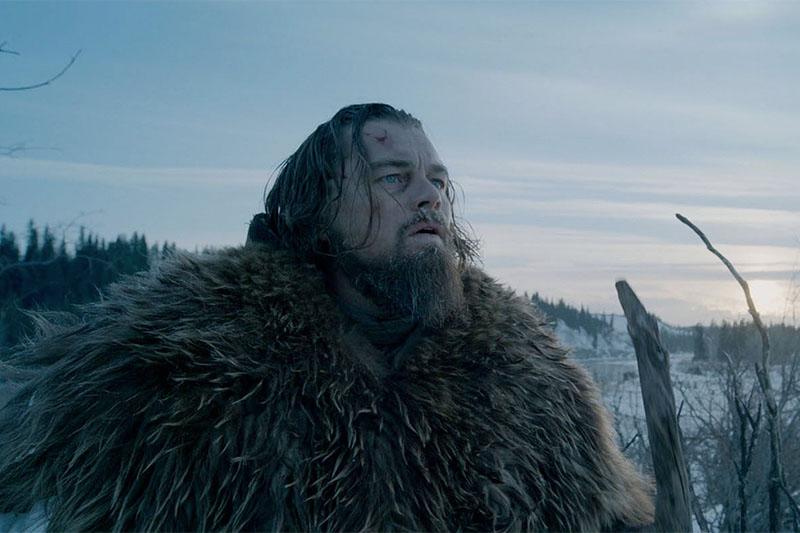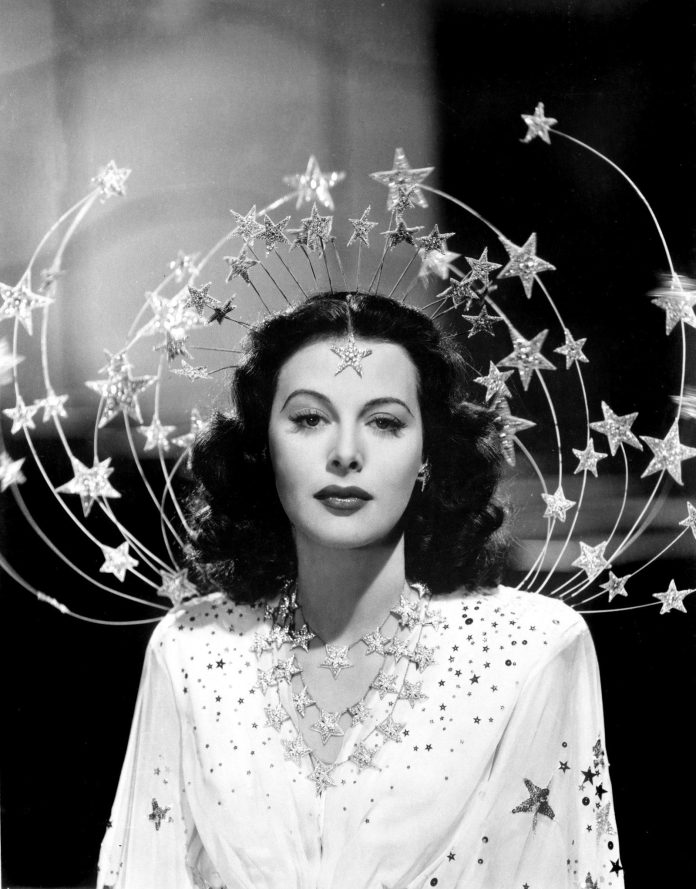In the dimly lit theaters of yesteryear, where the whir of a film reel was the heartbeat of an era, a cinematic revolution unfurled its vibrant wings. This was the Golden Era of Hollywood, a time when celluloid dreams painted the silver screen with stories that would echo through the annals of history. As we step back into this world of glitz and glamour, where timeless tales were woven by the hands of legendary directors and brought to life by stars whose names still glitter like constellations, we invite you to explore the classic films that not only entertained but also shaped the cultural tapestry of their time. With an authoritative gaze, we delve into the masterpieces that defined a generation, examining the artistry and innovation that set the stage for the future of cinema. Join us on this journey through Hollywood’s golden past, where each frame is a testament to the power of storytelling and the enduring magic of film.
Unveiling Cinematic Masterpieces: Icons of Hollywoods Golden Age

The Golden Age of Hollywood was a time when the silver screen sparkled with unparalleled creativity and innovation. This era, spanning from the late 1920s to the early 1960s, birthed some of the most iconic films that continue to captivate audiences today. These masterpieces not only defined the cultural landscape of their time but also laid the groundwork for the future of cinema. Citizen Kane, often hailed as the greatest film ever made, revolutionized narrative storytelling and cinematography. Casablanca, with its unforgettable dialogue and timeless romance, remains a symbol of enduring love and sacrifice. These films, among others, exemplified the power of storytelling and the magic of cinema.
- Gone with the Wind: A sweeping epic that captured the complexities of love and war, set against the backdrop of the American Civil War.
- Singin’ in the Rain: A delightful musical that celebrated the transition from silent films to “talkies,” infused with iconic dance numbers and unforgettable songs.
- Sunset Boulevard: A dark, poignant exploration of faded stardom and the unforgiving nature of Hollywood’s spotlight.
- Rear Window: Alfred Hitchcock’s masterpiece that masterfully blended suspense and intrigue, keeping audiences on the edge of their seats.
These films are more than just entertainment; they are cultural artifacts that reflect the aspirations, fears, and dreams of a bygone era. Through these classics, we not only witness the evolution of film as an art form but also the enduring legacy of Hollywood’s golden past.
The Directors Who Defined a Generation: Visionaries Behind the Lens
In the tapestry of Hollywood’s golden era, certain directors emerged as titans, weaving narratives that not only captivated audiences but also set the benchmark for cinematic excellence. These visionaries crafted masterpieces that continue to resonate through the corridors of time, leaving an indelible mark on the art of filmmaking. Their unique storytelling techniques and innovative use of technology transformed the cinematic landscape, establishing new genres and redefining old ones.
- Alfred Hitchcock: Known as the “Master of Suspense,” Hitchcock’s ability to create tension and intrigue with films like Psycho and Vertigo showcased his unparalleled skill in blending psychological depth with visual storytelling.
- Orson Welles: With the groundbreaking Citizen Kane, Welles revolutionized the industry with his innovative use of deep focus and non-linear narrative, a testament to his visionary genius.
- John Ford: A pioneer of the Western genre, Ford’s films such as The Searchers and Stagecoach captured the rugged spirit of the American frontier, influencing generations of filmmakers.
- Frank Capra: Through heartwarming classics like It’s a Wonderful Life, Capra’s films celebrated the triumph of the human spirit, cementing his legacy as a master of feel-good cinema.
These directors not only defined an era but also inspired future generations to push the boundaries of what film could achieve. Their contributions continue to be studied and revered, serving as a beacon for aspiring filmmakers worldwide.
Legendary Performances: Stars Who Lit Up the Silver Screen
In the heart of Hollywood’s Golden Era, the silver screen became a canvas where dreams were painted with light and shadow. It was a time when performances were not just acts, but masterpieces that left indelible marks on cinema history. Stars like Humphrey Bogart, Bette Davis, and Marilyn Monroe didn’t just play roles; they embodied the very essence of storytelling, bringing characters to life with a depth and nuance that continues to captivate audiences today. Their iconic performances were more than just entertainment; they were cultural phenomena that defined generations.
- Humphrey Bogart in Casablanca: A portrayal of a conflicted lover set against the backdrop of wartime romance.
- Bette Davis in All About Eve: An exploration of ambition and betrayal in the ruthless world of theater.
- Marilyn Monroe in Some Like It Hot: A comedic tour de force that showcased her unique blend of charm and vulnerability.
These films are more than just a reflection of their time; they are timeless classics that continue to inspire new generations of filmmakers and actors. Their legacy is a testament to the power of cinema as an art form, where storytelling transcends the limitations of time and space, echoing through the ages with each viewing.
Timeless Narratives: Stories That Captivated Audiences Across Decades
The Golden Era of Hollywood, spanning from the late 1920s to the early 1960s, is renowned for its rich tapestry of cinematic masterpieces that have left an indelible mark on film history. These classic films not only entertained audiences but also reflected the cultural and social dynamics of their time. A few of these timeless narratives continue to captivate new generations, showcasing the power of storytelling through unforgettable performances, groundbreaking techniques, and compelling plots. Here, we delve into some of the iconic films that helped define this illustrious era:
- Casablanca (1942): A poignant tale of love and sacrifice set against the backdrop of World War II, featuring the unforgettable chemistry between Humphrey Bogart and Ingrid Bergman.
- Gone with the Wind (1939): An epic historical romance that offers a sweeping depiction of the American South during the Civil War and Reconstruction era, led by the indomitable Scarlett O’Hara, played by Vivien Leigh.
- Citizen Kane (1941): Often heralded as the greatest film ever made, Orson Welles’ masterpiece is a profound exploration of power, wealth, and the elusiveness of happiness.
- Singin’ in the Rain (1952): A vibrant musical comedy that captures the transition from silent films to “talkies,” celebrated for its iconic dance sequences and infectious energy.
- Rear Window (1954): Alfred Hitchcock’s suspenseful thriller that masterfully weaves a tale of voyeurism and intrigue, starring James Stewart and Grace Kelly.
These films not only showcase the brilliance of Hollywood’s golden years but also serve as a testament to the enduring nature of storytelling that transcends time and trends. Their influence is evident in the countless works they have inspired and the generations of filmmakers they have guided.



